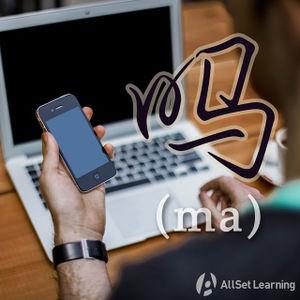Difference between revisions of "Questions with "le ma""
ViktorMugli (talk | contribs) |
Yangrenjun (talk | contribs) |
||
| Line 54: | Line 54: | ||
{{Similar|Yes - Rhetorical Questions with "nandao"}} | {{Similar|Yes - Rhetorical Questions with "nandao"}} | ||
{{Used for|Asking Questions}} | {{Used for|Asking Questions}} | ||
| + | {{Structure|Question Forms}} | ||
Revision as of 05:53, 15 June 2012
-
Level
-
Similar to
-
Used for
-
Keywords
Asking questions about completed actions will involve using both 了 and 吗. These are simply added to the end of a sentence or statement. This means you might see questions with 了 and 吗 in different structures.
General structure
Subject + Verb + Object + 了吗
Examples
- 你 去 了 吗?
- 你 吃饭 了 吗?
- 你 看 了 吗?
Another common structure
Object + Verb + 了吗
Examples
- 北京 去 了 吗?
- 饭 吃 了 吗?
- 电影 看 了 吗?
Notice that in this one the object is introduced first as a topic.
Finally, please notice that this pattern is nothing more than the combination of the Expressing completion with le pattern and the Yes - no questions with ma pattern.



